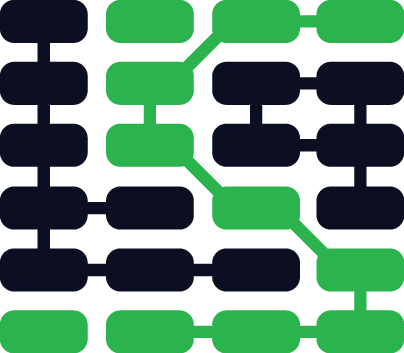Deployment
Deployment involves packaging up your web application and putting it in a production environment that can run the app.
Why is deployment necessary?
Your web application must live somewhere other than your own desktop or laptop. A production environment is the canonical version of your current application and its associated data.
Deployment hosting options
There are four options for deploying and hosting a web application:
The first three options are similar. The deployer needs to provision one or more servers with a Linux distribution. System packages, a web server, WSGI server, database and the Python environment are then installed. Finally the application can be pulled from source and installed in the environment.
Note that there are other ways of installing a Python web application through system-specific package management systems. We won't cover those in this guide as they are considered advanced deployment techniques.
Deployment resources
-
Thoughts on web application deployment walks through stages of deployment with source control, planning, continuous deployment and monitoring the results.
-
Practical continuous deployment defines delivery versus deployment and walks through a continuous deployment workflow.
Deployment learning checklist
If you're tight on time look at the platform-as-a-service (PaaS) options. You can deploy a low traffic project web app for free or low cost. You won't have to worry about setting up the operating system and web server compared to going the traditional server route. In theory you should be able to get your application live on the web sooner with PaaS hosting.
Traditional server options are your best bet for learning how the entire Python web stack works. You'll often save money with a virtual private server instead of a platform-as-a-service as you scale up.
Read about servers, operating systems, web servers and WSGI servers to get a broad picture of what components need to be set up to run a Python web application.
How would you like to deploy your web app?
Deployment
Need more detailed tutorials and walkthroughs than what is presented here? Sign up for an email alert when that content is created.
Matt Makai 先生在社区的协助下设计并编写了这个站点。如果你有Github账号,可以 follow他哦。想跟近这本书的最新状态去Github Star 这个项目吧!

